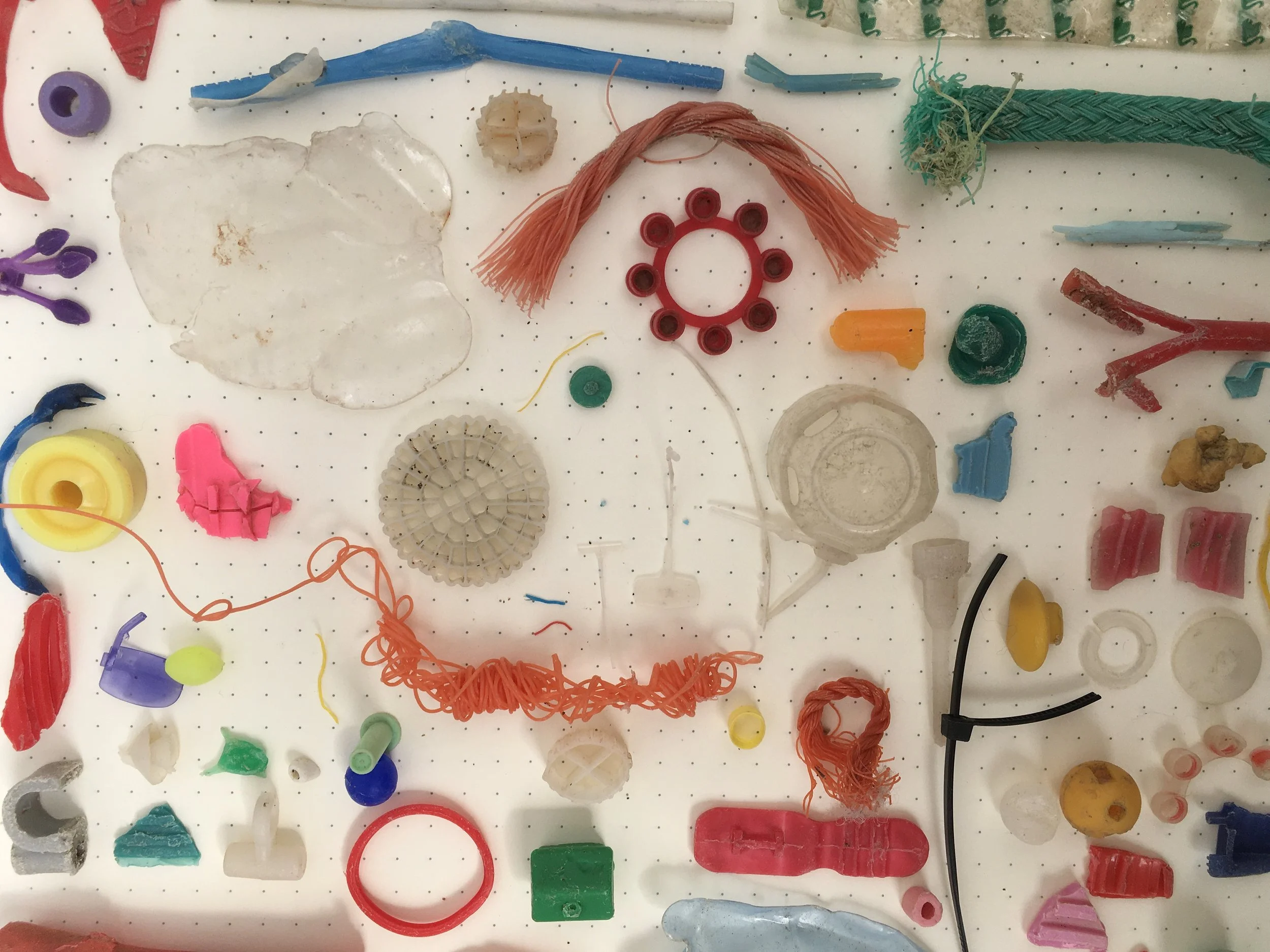What if the Global Plastic Treaty Fails? Then What?
Everyone’s watching Geneva. World leaders, negotiators, campaigners; waiting to see if a global plastics treaty will materialise. It’s looking unlikely… too many brackets, too much fossil fuel industry pressure, and too little consensus.
Talks have stalled over one key question: should the treaty actually reduce plastic production? Oil-producing nations want voluntary recycling targets. Meanwhile, more than 1,500 points of disagreement remain in the text. As ambition shrinks, the urgency only grows. But what if we’ve been aiming too low all along? We’ve spent the last three years trying to get the world to agree that plastic is a pollution problem; but what if that’s not the right conversation?
What if we asked:
Why isn’t plastic a core issue in our climate treaties?
Why isn’t systemic plastic regulation part of how we build global climate resilience?
Why are we still treating plastics as litter, when they’re locking us into fossil fuel futures?
Plastic:
Emits carbon across its entire life cycle
Undermines soil health, biodiversity, and food systems
Pollutes the oceans that regulate global temperature
Threatens human health, productivity, and adaptation capacity
Fuels injustice in the same communities hit hardest by climate change
By 2050, plastic could account for up to 13% of the global carbon budget. Yet most national climate plans don’t include it. This omission risks locking in decades of hidden emissions, while undermining the very ecosystems we need to survive climate shocks. This is a global systems failure.
Why Climate Treaties Must Catch Up
Despite plastic’s significant carbon footprint and ecological harm, it is not explicitly included in the Paris Agreement or most national climate plans. There is no binding legal requirement to account for plastic-related emissions under current climate treaties.
But that doesn’t mean it can’t be.
Countries can choose to include plastics in their Nationally Determined Contributions (NDCs), by targeting production, incineration, or lifecycle emissions.
The UNFCCC can issue technical guidance that formally recognises plastic as a climate threat.
Climate adaptation and resilience finance mechanisms (like the Green Climate Fund) could support plastic pollution solutions, especially where they protect ecosystems and communities.
Future COP negotiations could bring plastics to the agenda, linking them to biodiversity loss, ecosystem collapse, and climate justice.
The legal and procedural frameworks already exist. What’s missing is the political will to connect the dots. If climate treaties exist to safeguard the planet’s future, how can they ignore a material made from fossil fuels, accelerating emissions, and undermining resilience?
It’s time to close the gap, throwing away the script and writing a new one.
One where:
Plastic is integrated into climate agreements, carbon budgets, and adaptation plans
Systemic redesign replaces waste management as the goal
Local solutions (filters, refill models, environmental literacy) are scaled like solar panels
Communities, not just treaties, lead the way
We’ve already seen glimpses of this future:
Community refill systems replacing throwaway packaging in both cities and rural areas
Rain gardens storing and filtering stormwater, reducing flooding, restoring biodiversity, and creating green spaces for all
Wellness practices and retreats reconnecting human resilience to ecological healing, recognising that planet health = human health
Environmental literacy programmes, rooted in both science and lived experience, building a generation of changemakers
Grassroots initiatives led by frontline communities adapting with creativity, care, and courage
Reuse, repair, and reduce making do, using less, and designing systems that value materials and relationships, not disposability
These are the frontlines of climate resilience.
What if the answer isn’t another plastics treaty on the side?
What if the answer is mainstreaming plastics into the heart of our climate strategy?
That’s the future we’re working toward at Cleaner Seas Project; where we believe plastic isn’t separate from the climate story; it is the climate story.
It starts here. It starts with us and it starts with you.
#ItStartsHere #PlasticIsClimate #SystemicChange #ClimateResilience #PlasticTreaty #INC5 #ClimateJustice #PostINC #CleanerSeasProject #Cleaner Seas

